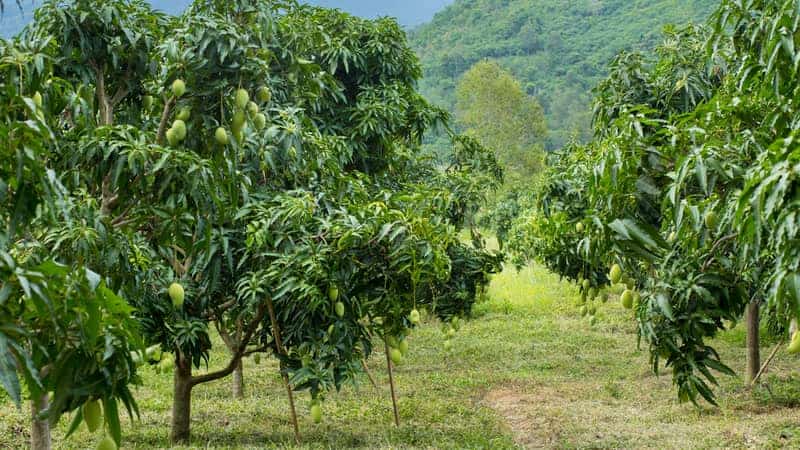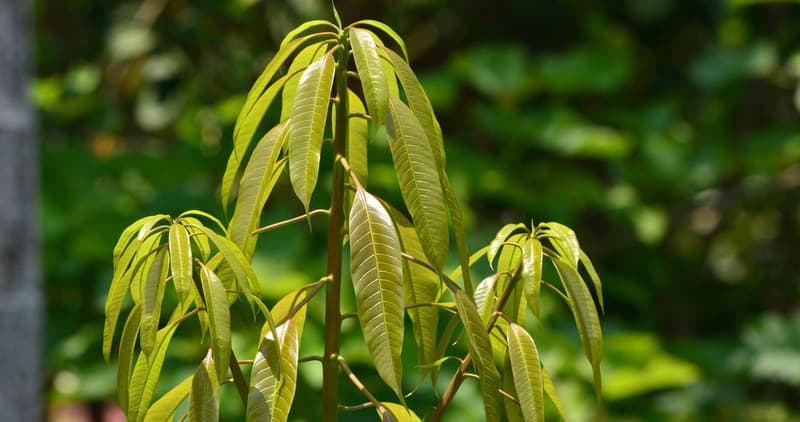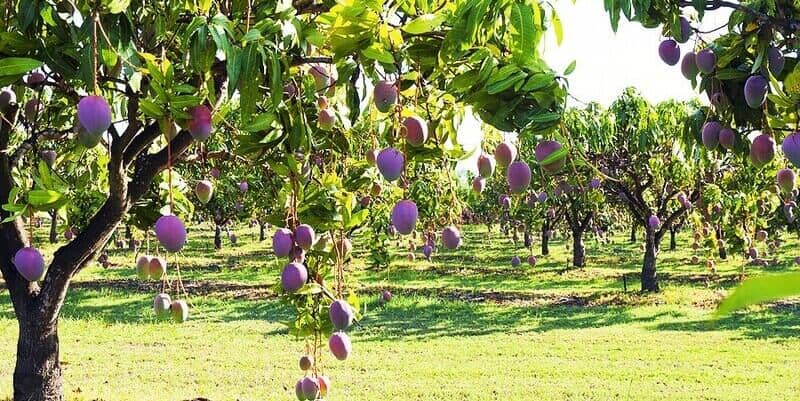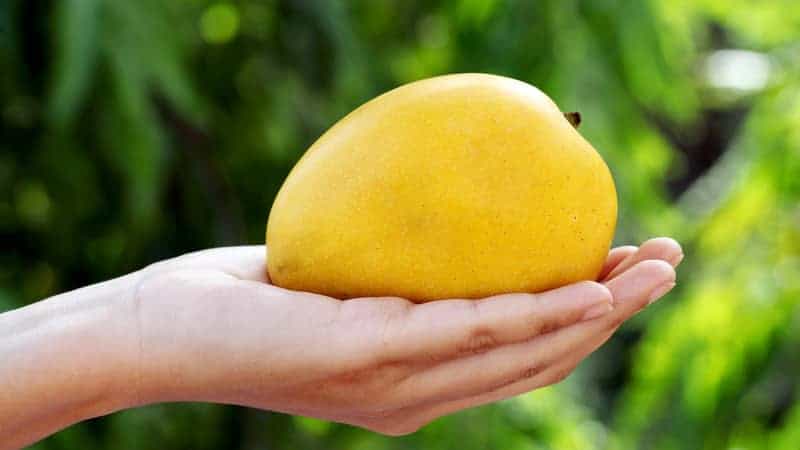Mangoes are the king of summer fruit — sweet, tasty, and perfect no matter how you consume them.
And while it’s delightful to run out to the shops and buy a nice big box of ripe fruit, you can also grow mangoes yourself!
There’s a certain satisfaction in seeing your mangoes ripen on the tree, waiting to be picked.
Harvesting mangoes is fairly straightforward, but growing them on a tree can be tricky.
So here’s a brief rundown of how to grow and care for mangoes — and, more importantly, when to pick them.
All About Mango Trees
The mango (Mangifera indica) is a tropical fruit native to Asia.
Often considered the ‘king of fruits’, it’s a summertime staple all over the world.
There are over 500 cultivars, but for Australian mango varieties, these include:
- Kensington pride mango (also called Bowen mango)
- Calypso® mango
- R2E2 mango
- Honey Gold mango
- Brooks mango
You can check with your local nursery about which variety grows best in your area.
Mango trees are mostly grown from saplings, but some can grow from seed.
Where to Grow Mango Trees

Mango trees thrive best in tropical or subtropical climates. They prefer hot, humid summers and cool, dry winters with no frost.
Seasoned gardeners know that the ideal location for mango cultivation is in regions where temperatures don’t usually dip below 4°C.
Plant your mango seed or sapling in an open, sunny position with shelter from strong wind.
The Mangifera indica isn’t picky about soil, but it does need depth and good drainage.
Areas with well-draining soil are necessary, as mango trees are sensitive to water logging.
Full sun exposure ensures the healthiest growth and best fruit production.
How to Care for a Mango Tree

Caring for a mango tree is easier than it may seem. Here are some basic guidelines:
Watering
Initially, young trees should be watered regularly to establish roots.
Once matured, they’re a relatively drought-tolerant tree but benefit from deep watering during prolonged dry spells.
Fertilisation
Use a balanced fertiliser to nourish the tree, especially during the growing season.
Pruning
Pruning a mango tree involves regularly removing dead wood.
This maintains an open canopy to ensure airflow, which also helps in preventing diseases.
Mango Harvesting Season in Australia

The mango harvesting season can vary depending on the region in Australia.
Generally, it begins in the Northern Territory and Western Australia in September and October, moving to Queensland from November to February, and New South Wales from late December to February.
How to Harvest Mangoes
Mangoes can and do ripen on the tree, but it’s best to pick a mango while it’s mature yet not quite ripe — about 100 days after flowering.
The fruit has matured when the nose (the end opposite the stem) and shoulders have filled out.
The mango should feel nice and firm, not squishy. The skin is starting to turn from green to yellow, often with an orange or red blush.
Then you can begin your harvest.
How to pick mangoes from the tree
To pick mangoes, grasp the fruit and give it a tug. If the stem snaps easily, it’s ready to harvest.
Make sure to leave a 5–10cm stem at the top of the fruit; otherwise, the sap might leak and cause sap burn.
Not only does this irritate your skin, it can cause lesions on your mangoes and lead to fruit rot.
Note that mango ripening does not happen all at once, and mango fruits will continue to ripen over several days after being picked.
You can pick a few at a time or even make a game of it with your kids and teach them to climb (carefully and with supervision!) to help harvest mangoes.
Can I Eat it Yet?

After harvest, ideally, you should store your mangoes so they have time to ripen properly.
You can tell a ripe mango by its complexion, which is a nice pale yellow to yellow-orange, sometimes with a rosy blush.
When grasped, the skin (and flesh underneath) is slightly soft — not too firm, but not too squishy.
The fruit also gives off a lovely, sweet scent, while the flesh has that delectable tropical flavour.
Small blemishes or uneven colour are perfectly normal for a ripe mango.
Bruises or marks can be caused by fruit rubbing on each other or awkward handling during harvest.
No worries — they won’t affect the taste of your mango at all!
How to prep a mango and eat it
Wash your produce first before eating, but be gentle.
Slice into thirds with a sharp knife. Do two horizontal cuts above and below the pit.
Ta-da — fresh mango, ready to eat!
Then you can scoop out the flesh to eat, use it for homemade mango icy poles, or blend some smoothies… The possibilities (man)go on and on.

